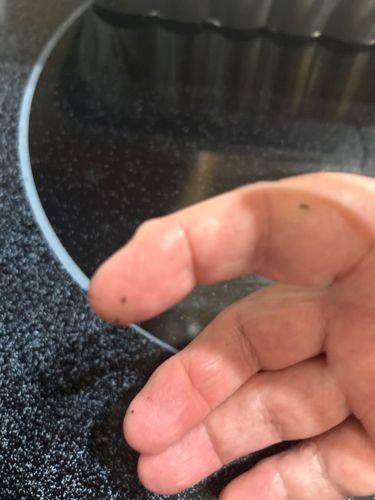Fungus Gnat
Scientific Name: Sciaridae (most common), Mycetophilidae, or Bradysia spp.
Order & Family: Order Diptera, Family Sciaridae (often)
Size: 2-8 mm (adults) and 4-6 mm (larvae)

Natural Habitat
Typically found in moist environments with decaying organic matter, especially in potted plants, greenhouses, and areas with damp soil. They are attracted to lights.
Diet & Feeding
Larvae feed on fungi, decaying organic matter, and sometimes the roots of plants, especially tender seedlings. Adults do not feed or feed on liquids.
Behavior Patterns
Adult fungus gnats are weak flyers and are often seen walking or flying near potted plants or windows. They are most active during dawn and dusk. Females lay eggs in moist soil, and the larvae develop in the soil, feeding on organic matter. The life cycle can be as short as 3-4 weeks.
Risks & Benefits
Potential risks include damage to plant roots, especially young seedlings, leading to wilting and stunted growth. They can be a nuisance in homes and greenhouses due to their presence. They are generally not harmful to humans or pets. A potential benefit is their role as decomposers, breaking down organic matter in their natural habitat.
Identified on: 11/3/2025